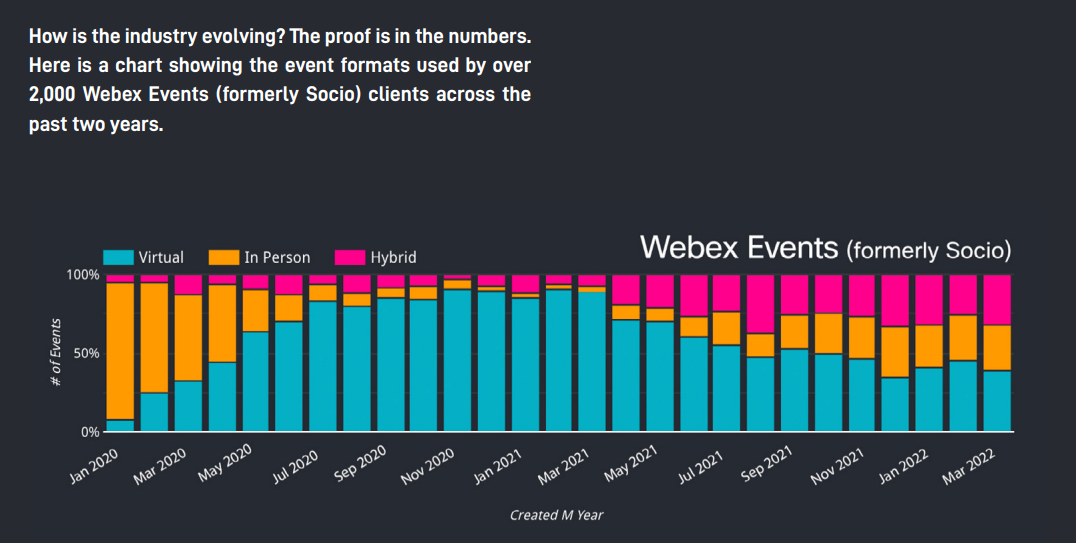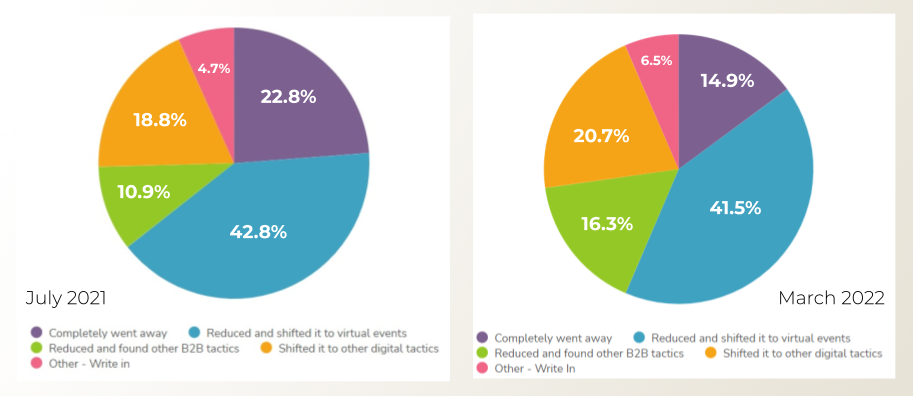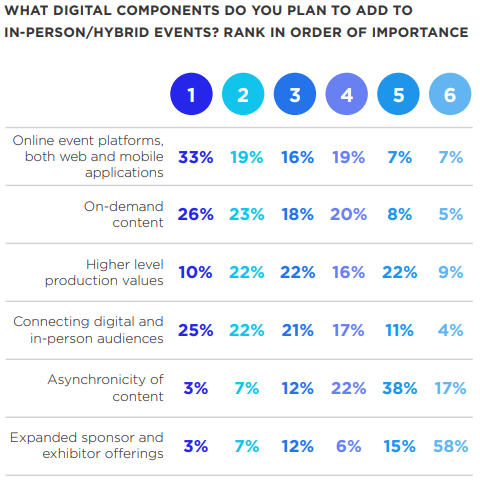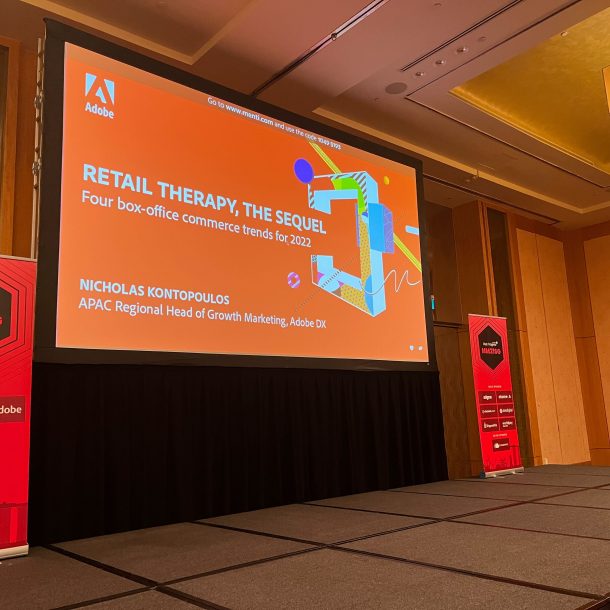Although in-person events are slowly making a comeback, virtual events are here to stay. Marketers should focus on making their virtual events more engaging and immersive to keep participants engaged. For hybrid events, marketers should weigh the potential benefits against the risks to avoid costly mistakes.
The majority of marketers are still focused on virtual events and other digital initiatives. The share of marketers whose physical events budget completely went away decreased from 23% in July 2021 to 15% in March 2022. The share of those who reduced their budgets and shifted to virtual events remained steady at around 42%.
A survey conducted by CMO Council and Cvent found signs of virtual event fatigue with 36% of marketers reporting a severe drop in registration rates and customer engagement.
A possible reason is that when the pandemic outbreak forced events to go online, marketers assumed virtual events needed to deliver the same outcomes as in-person events. But the reality is that virtual events are well-suited for presenting knowledge at scale (delivering higher reach), whereas physical events naturally allow for interactivity and nurturing of customer relationships that result in higher conversion rates, and are a better fit for occasions like executive briefings and product rollouts.
Mismanaged attempts to bring make events virtual have led marketers to get worse business results from virtual events than in-person events:
Still, as evidenced above, 64% of respondents are satisfied with their deployment of digital events and getting at least good value from them, if not better. Surely, events that are exclusively virtual are going to remain in the marketing mix of a vast majority of B2B companies.
However, two years of attending virtual events have heightened the expectations of B2B professionals. It will be crucial to adopt new practices to keep participants engaged and create an immersive experience—even for physical events—with several digital tactics.
However, two years of attending virtual events have heightened the expectations of B2B professionals. It will be crucial to adopt new practices to keep participants engaged and create an immersive experience—even for physical events—with several digital tactics.
When it comes to hybrid events, it is important to weigh the potential benefits against the risks. It is true that a hybrid format has the value of significantly boosting attendance and presenting one’s brand in the spirit of inclusiveness and openness towards those who are still unable to travel to an in-person event.
However, hybrid events are problematic. Not only do they score the lowest in terms of marketers’ ability to execute them effectively or very effectively (see above) but they are also expensive. A hybrid event is essentially double the cost of a regular event because, on top of organising the physical experience, marketers have to factor in the costs of producing the digital part.
Finally, there is a risk of cannibalisation of physical attendance. By promoting the virtual path too intensively, marketers risk having fewer attendees showing up at the event’s physical venue. A way to mitigate this is to select a part of the audience who has a higher likelihood of attending in person and send them invitations to the physical event. Those who are not likely to travel or have not responded to previous messages should be invited to the digital event.















